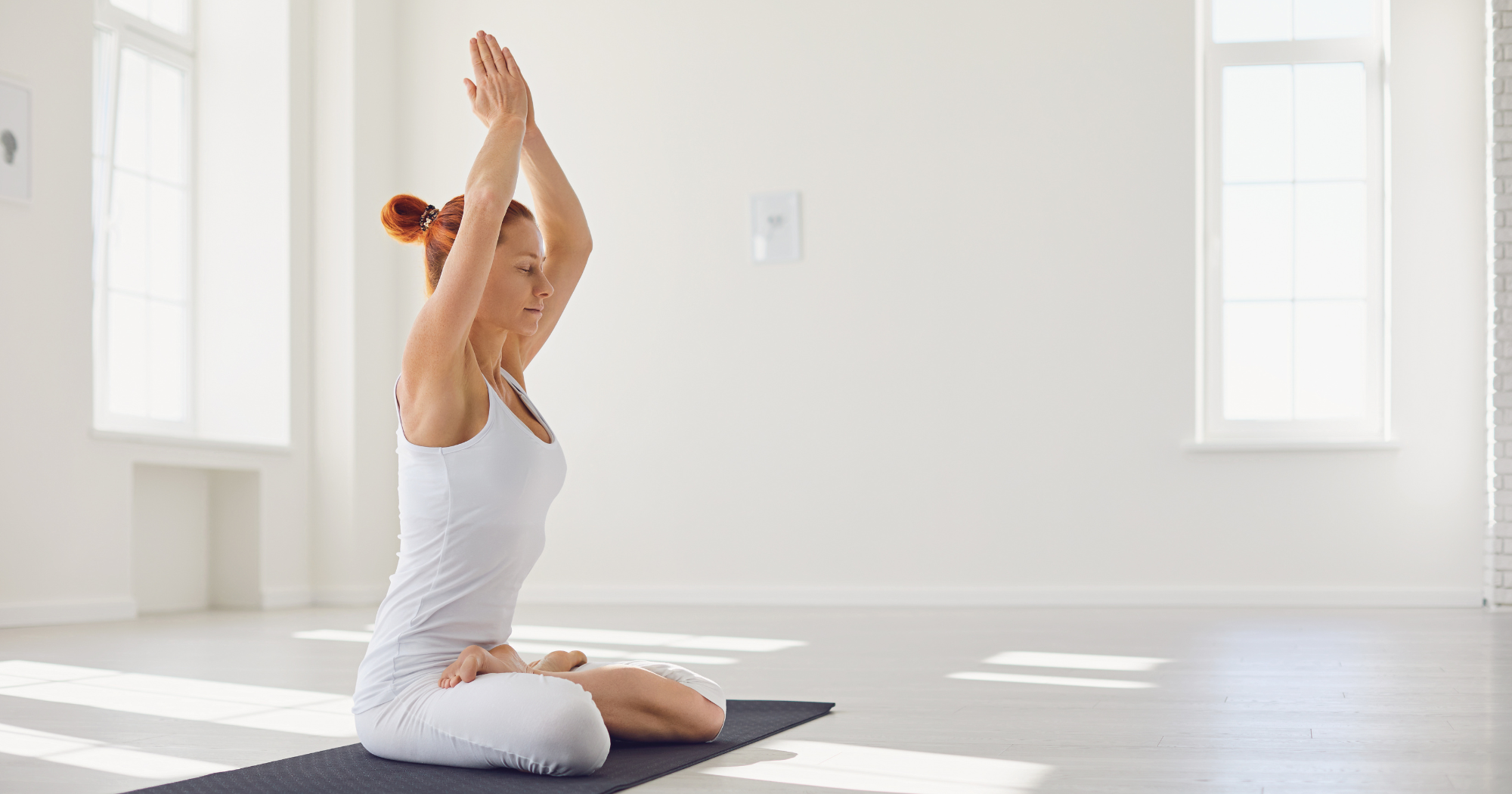
Habit Stacking: The Simple Path to Healthier Habits
, by FLOW Admin, 4 min reading time
1,200+ satisfied customers  (4.7/5)
(4.7/5)

, by FLOW Admin, 4 min reading time
In the realm of personal development and productivity, 'habit stacking' has emerged as a transformative concept. Popularised by James Clear in his book 'Atomic Habits,' this strategy involves pairing a new habit with an existing one to build a more structured and efficient lifestyle. This approach can significantly enhance your health and well-being, and it's surprisingly easy to implement. Let's explore how habit stacking can be seamlessly integrated into daily life, including how tools like walking pads can play a role.
Habit stacking is based on the principle of pairing a new, desirable habit with a current, well-established habit. The existing habit acts as a cue for the new one, creating a linked chain of behaviours that are easier to remember and follow.
1. Morning Coffee and Planning
While waiting for your coffee to brew, spend those few minutes planning your day or reviewing your to-do list.
2. Reading During Commute
If you commute using public transportation, use that time to catch up on your reading for relaxation and mental stimulation.
3. Mindful Breathing with Tea Breaks
Dedicate your tea break to practicing mindful breathing to reduce stress.
4. Active Work Calls or TV Time
If you work from home, use work calls or virtual meetings as an opportunity to walk around your home or use a walking pad, turning passive sitting time into active walking time.
5. Driving and Catching Up with Loved Ones
If you have a regular commute or often find yourself driving at a certain time, use this as an opportunity to catch up with family or friends over hands-free calling.
6. Podcasts and Household Chores
Listen to an educational podcast or audiobook while doing household chores like cleaning or laundry.
7. Post-Dinner Walks
Make it a habit to go for a short walk immediately after dinner to aid digestion and unwind.
8. Post-Exercise Meditation
Following a workout or yoga session, incorporate a short meditation. This can help in transitioning from physical exertion to a state of mental relaxation.
9. Stretching with Foam Rolling
Foam roll at the end of you normal stretching routine.
10. Gratitude Journaling Before Bed
End your day on a positive note by writing down three things you’re grateful for each night after brushing your teeth.
Start Small: Choose simple and small new habits to increase the likelihood of sticking to them.
Be Consistent: Perform your habit stack at the same time each day to establish a strong routine.
Habit stacking is a practical and effective way to build new, healthy habits. By anchoring new behaviours to routines you already have, you can enhance your health, productivity, and overall well-being with minimal effort. Whether it’s incorporating a walking pad into your workday or journaling before bed, the possibilities are endless. Start small, be consistent, and watch as these small changes lead to significant transformations in your daily life.
Habit stacking can be adapted for people with varying schedules by focusing on habits that are not time-specific but situation-specific. For instance, if your daily routine is unpredictable, you can stack a new habit onto an action that occurs regardless of the time or sequence of your day. This could be something like drinking a glass of water every time you finish a work task or a meeting. The key is to anchor your new habit to an existing one that happens frequently, regardless of the time of day.
Habit stacking is not only effective for forming new positive habits but can also be used to break bad habits. This can be achieved by replacing a bad habit with a more desirable one and stacking it onto an existing routine. For example, if you have a habit of snacking unhealthily while watching TV, you could replace it with drinking water or eating a healthy snack. The existing habit (watching TV) acts as a cue to perform the new, healthier habit instead of the old, undesirable one.
The concept of habit stacking is supported by psychological principles such as the 'cue-routine-reward' loop, central to habit formation theories. Behavioural studies suggest that habits are more easily formed when they are triggered by a specific cue, as in habit stacking. This approach aligns with the psychological understanding of how routines are established and reinforced. While specific studies on 'habit stacking' per se might be limited, the underlying principles it employs are well-established in the field of behavioural psychology and habit formation research.


